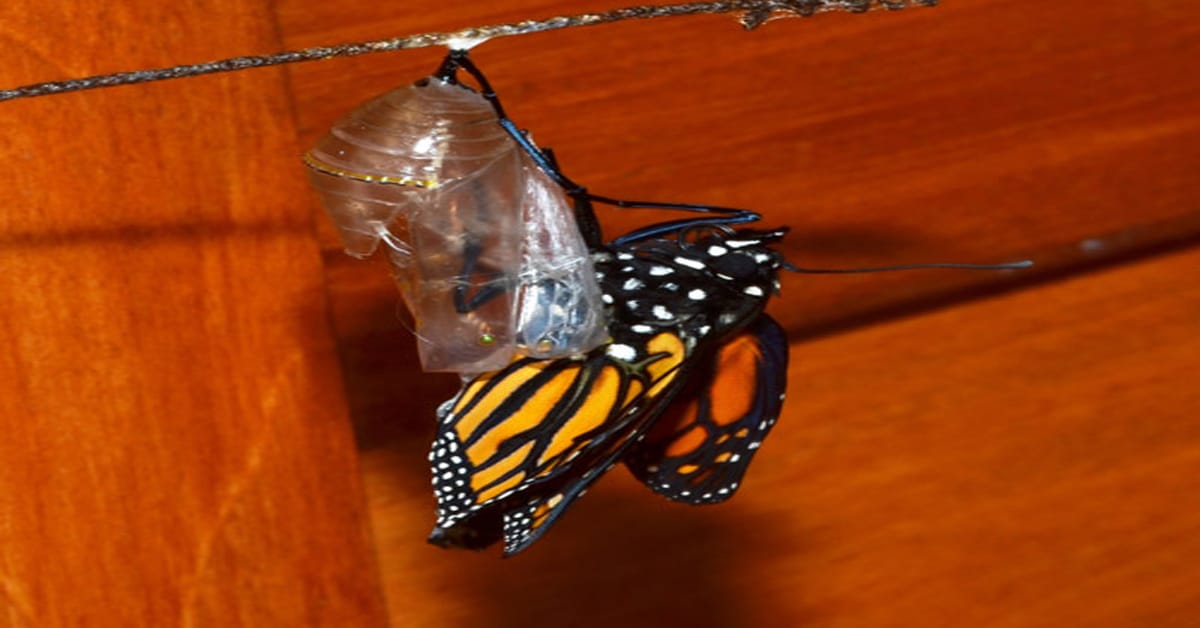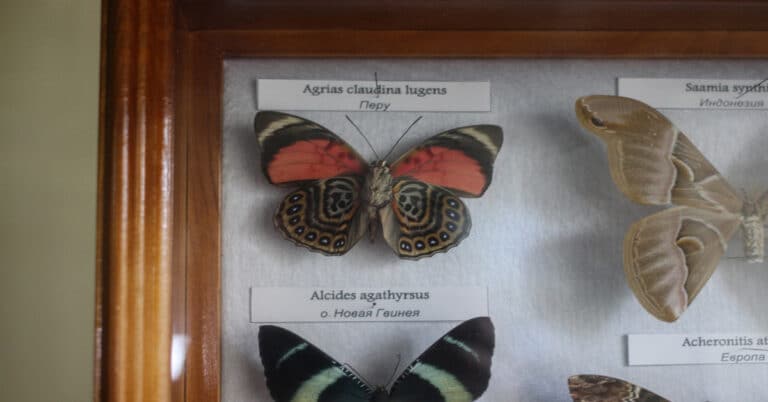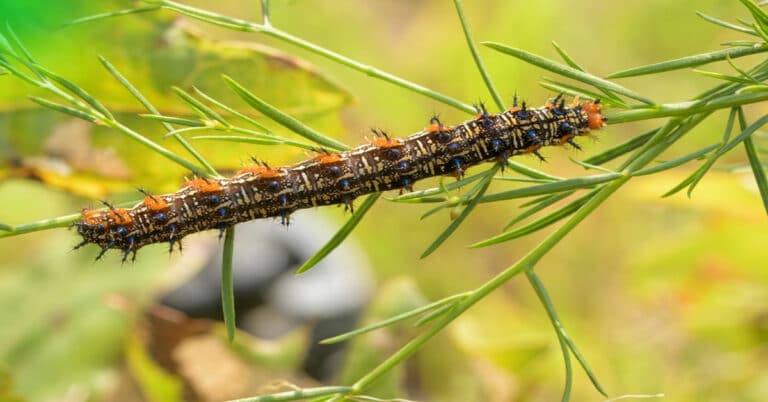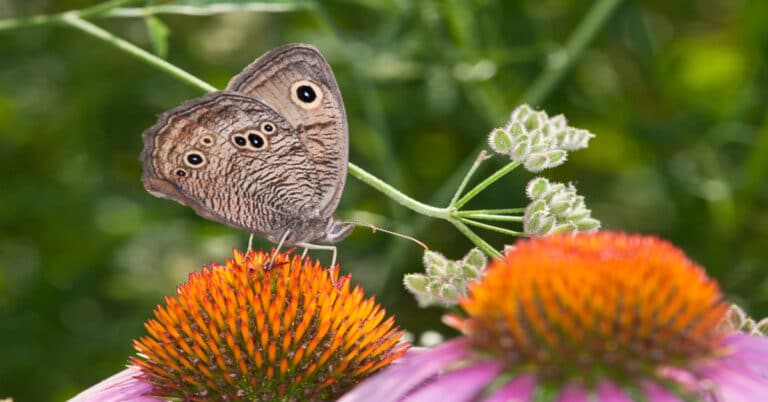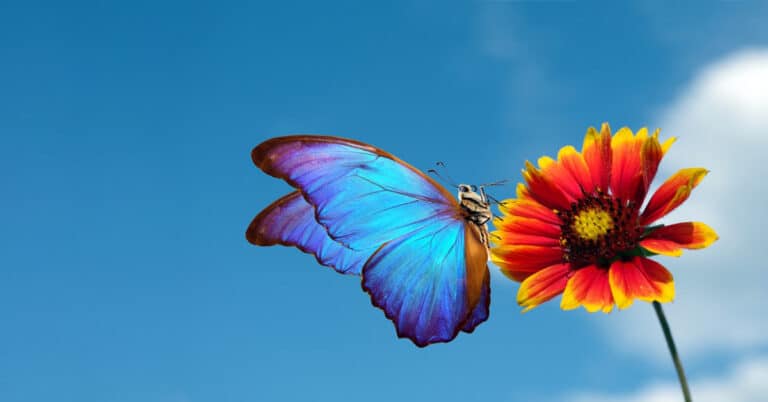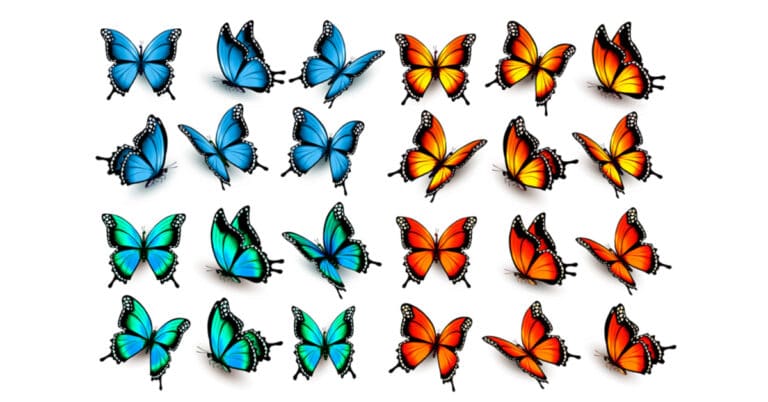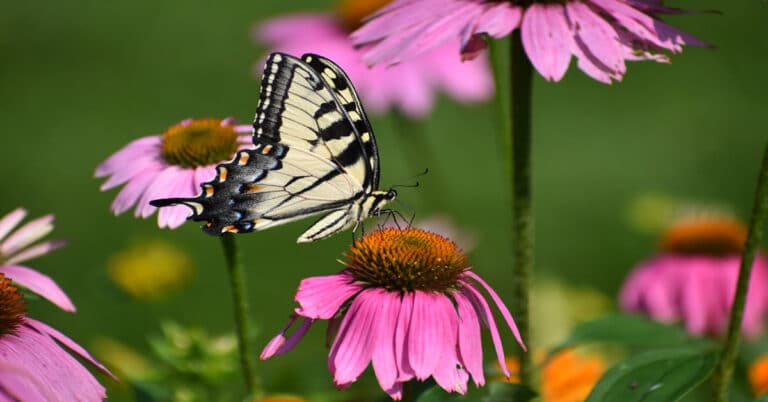Saving Milkweed to Save Monarchs
Habitat loss endangers Monarch Butterflies
For centuries, rather than being crowded out by other animals, Monarchs have been able to work around and coexist with every other living thing in North America. They avoid direct competition with each other or with other species. What do Monarch Butterflies eat? Primarily milkweed is a weed that is indigestible, disgusting, or toxic to most other animals. Monarchs are able to metabolize and store biochemicals from milkweed that make the Monarch Butterflies poisonous to most other animals. Displaying bright colors that tell predators, Here I am! You don’t want to eat me, allow these butterflies to move about freely and boldly. Apart from an occasional play fight with a potential mate, these Kings of Butterflies never quarrel with anyone. They keep moving and finding adequate space so that they don’t interfere with one another.
It would be a shame if humans managed to crowd this pleasant species out of our continent. Monarchs are compatible with humans. Baby Monarch Butterflies can live and grow up in our gardens, backyards, or even inside our homes. Yet, if recent trends were to continue, human greed could lead to the Monarch Butterfly’s extinction by exterminating native milkweed.
Milkweed in the Monarch Butterfly life cycle
Monarch Butterfly eggs are laid on milkweed. After hatching and consuming the eggshell, Monarch Butterfly caterpillars eat nothing but milkweed leaves. Female Monarch Butterflies try to lay each of their several hundred eggs (often more than a thousand) on a separate plant, if possible. A healthy milkweed plant grows even faster than a young caterpillar, replacing the leaf material the caterpillar eats, so the caterpillar does its host plant no harm. After reaching its full size the caterpillar usually looks for somewhere other than a milkweed plant to hang by its hind legs and form the chrysalis in which it pupates. After emergence Monarch Butterflies look for flower nectar from milkweed and several other flowers they help to pollinate. Then they mate, and females look for milkweed plants on which to lay eggs.
Monarchs are easy to watch. Sometimes their visibility hurts individual butterflies. Usually, it does not, because birds and other butterfly predators soon learn that Monarchs absorb bitter, mildly toxic chemicals from the milkweed they eat. Most Monarchs fly for five to seven weeks, and some can hibernate for five months, with little fear of other animals. Hardly anybody ever wants to eat them. They owe this freedom to milkweed.
Monarch Butterfly population decrease
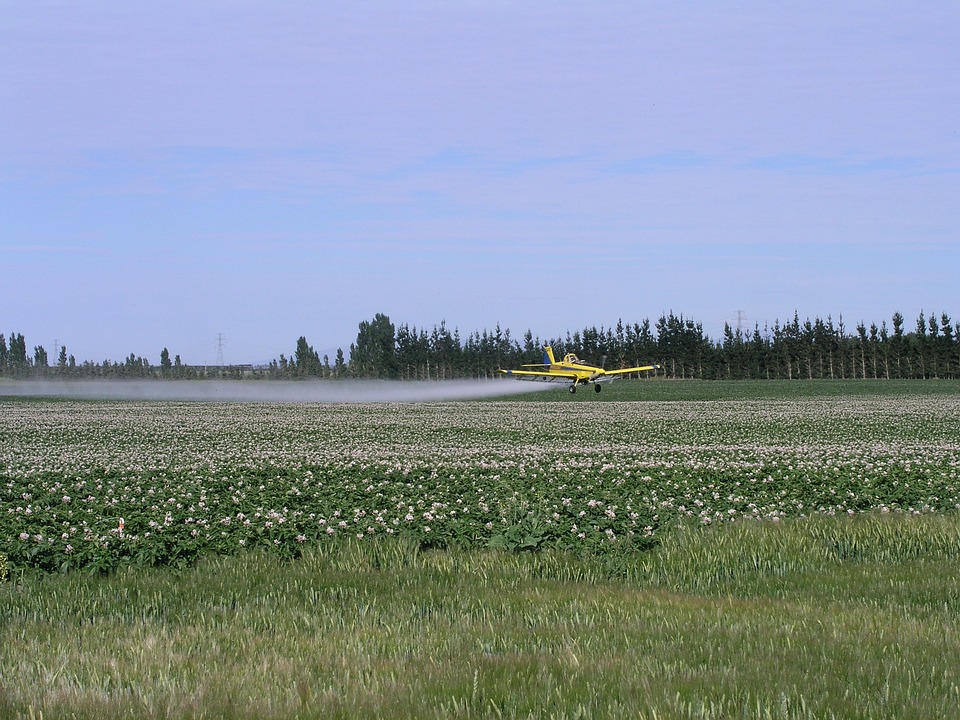
In the winter of 1990, it was estimated that over a billion Monarch Butterflies migrated to Mexico to hibernate on oyamel fir trees. Another million spent the winter on the California coast, hibernating on fir and eucalyptus trees, and a few more were able to complete hibernation in other places scattered through the southernmost United States. In spring most of these hibernating butterflies woke up and flew back to less tropical areas, following the milkweed. Monarchs who hatched in the South in early spring tended to travel north as adults; in summer many Monarchs lived in Canada. This is the normal Monarch Butterfly migration pattern the butterflies have followed every year for many centuries. In the Southern States, Monarchs are sometimes seen in summer but are most often visible in early spring and in autumn. In Canada, they are most often seen in summer.
But by 2010, it was evident that something was going wrong. The United Nations� Monarch Butterfly Biosphere Reserve in Mexico was still attracting butterflies, but scientists estimated a population loss of about a billion hibernating butterflies. The World Wildlife Fund began to claim that, although thousands of Monarchs were still flying, this population decrease was steep enough to make Monarch Butterflies an endangered species. While the U.S. Fish and Wildlife Service (FWS) has not officially added Monarchs to their Endangered Species List, many localities have placed them on locally endangered species lists, and FWS has designated funds for efforts to protect Monarch Butterflies.
Part of the problem was that not all individual butterflies migrate all the way to the best-known Monarch Butterfly groves every winter. Responding to weather conditions, some individuals try to hibernate as far north as Virginia in a warm year. Though disappointing for butterfly watchers in Mexico, these variations are natural and have helped the butterflies, as a species, survive winters that were either too warm or too cold to allow successful hibernation in their favorite butterfly cities. But Monarch Butterfly populations were unusually low in the United States and Canada, too. Climate variation was only a small part of the problem.
The main threat to Monarch Butterfly populations was habitat loss. Though most people in the United States would not knowingly harm a Monarch (even if they hate most insects), many farmers, gardeners, and highway maintenance departments had listened to advertisements for herbicides that would allow them to control weeds by spraying rather than cutting and digging. In fact, this method of weed control tends to favor increases in the most aggressive, undesirable weeds, such as Bermuda grass, Johnson grass, Spanish Needles, and kudzu. However, heavy spraying had eliminated milkweed from many fields and roadsides in the Central Plains region, where the greatest numbers of Monarch Butterflies lived. According to some estimates, the Central States lost 90% of their Monarchs and 97% of their milkweed between 1990 and 2010.
In order to ensure the replacement of two adult butterflies, nature provides the female Monarch Butterfly with 300 to 1100 eggs. In order to produce healthy caterpillars with good chances of becoming adult butterflies, each of those eggs needs to be placed on its own milkweed plant. Native milkweeds will grow well in nearly all of North America, pollinated by adult Monarchs, if humans will stop spraying herbicides that kill these plants.
Tropical Milkweed can harm Monarchs
Some people in the Southern States inadvertently added to the problem by cultivating tropical milkweed plants. In warm climates, these plants survive the winter, allowing Monarchs to breed a fifth-generation rather than having to migrate. People hoped that these extra butterflies would replenish the population.
This strategy was not a great success. Although Monarch Butterflies eat tropical milkweed, it is not their natural food and does not produce the healthiest butterflies. The older leaves on perennial milkweed plants can harbor a microscopic parasite, Ophryocystiselektroscirrha, which can shorten the Monarch Butterfly’s life span. If you cultivate tropical milkweed in a greenhouse or live in a place where it can grow, scientists recommend regular pruning to destroy older leaves.
Habitat protection helps Monarchs
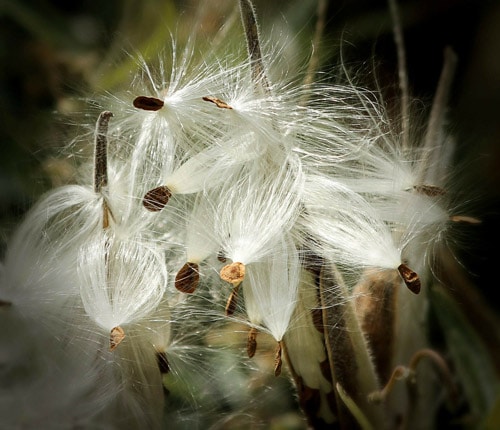
Typical Monarch Butterflies either live east of the Rocky Mountains and hibernate in Mexico, or live west of the Rocky Mountains and hibernate in California. Though these two groups never meet, they can crossbreed, and occasionally do when individuals deviate from the typical Monarch Butterfly migration patterns.
As people like you became more concerned about Monarch Butterfly extinction, individuals, organizations, and government agencies worked to restore habitat, primarily in the Central States where most Monarchs live. Studies of Monarch Butterfly migration for 2018, 2019, and 2020 show that the Eastern population is growing, perhaps back up to 2007 levels, but the Western population is still declining. This is good news because it shows that habitat protection can restore population levels for the species. If Californians start protecting native milkweed plants and stop spraying pesticides, California Monarch Butterfly populations will probably start to increase.
Encourage your local milkweed plants
Monarch Butterflies live where any of our several native milkweed species grow. (There can be controversy about which variations make a different variety or a different species; however, about twenty species are on the list of what Monarch Butterflies can eat.) You can buy different kinds of native milkweed and see for yourself why only some of them grow in abandoned fields in your neighborhood. Monarchs will probably help you make this experiment.
A more efficient way to encourage Monarchs is simply to let milkweed and other plants that attract Monarch Butterflies, such as zinnias, lilacs, red clover, candytuft, and asters, bloom in your back yard. Butterflies will pollinate these plants, and the wind will distribute milkweed seeds back into fields and roadsides, where milkweed will grow again wherever people stop poisoning it.

Having discovered a fondness for insects while pursuing her degree in Biology, Randi Jones was quite bugged to know that people usually dismissed these little creatures as “creepy-crawlies”.

